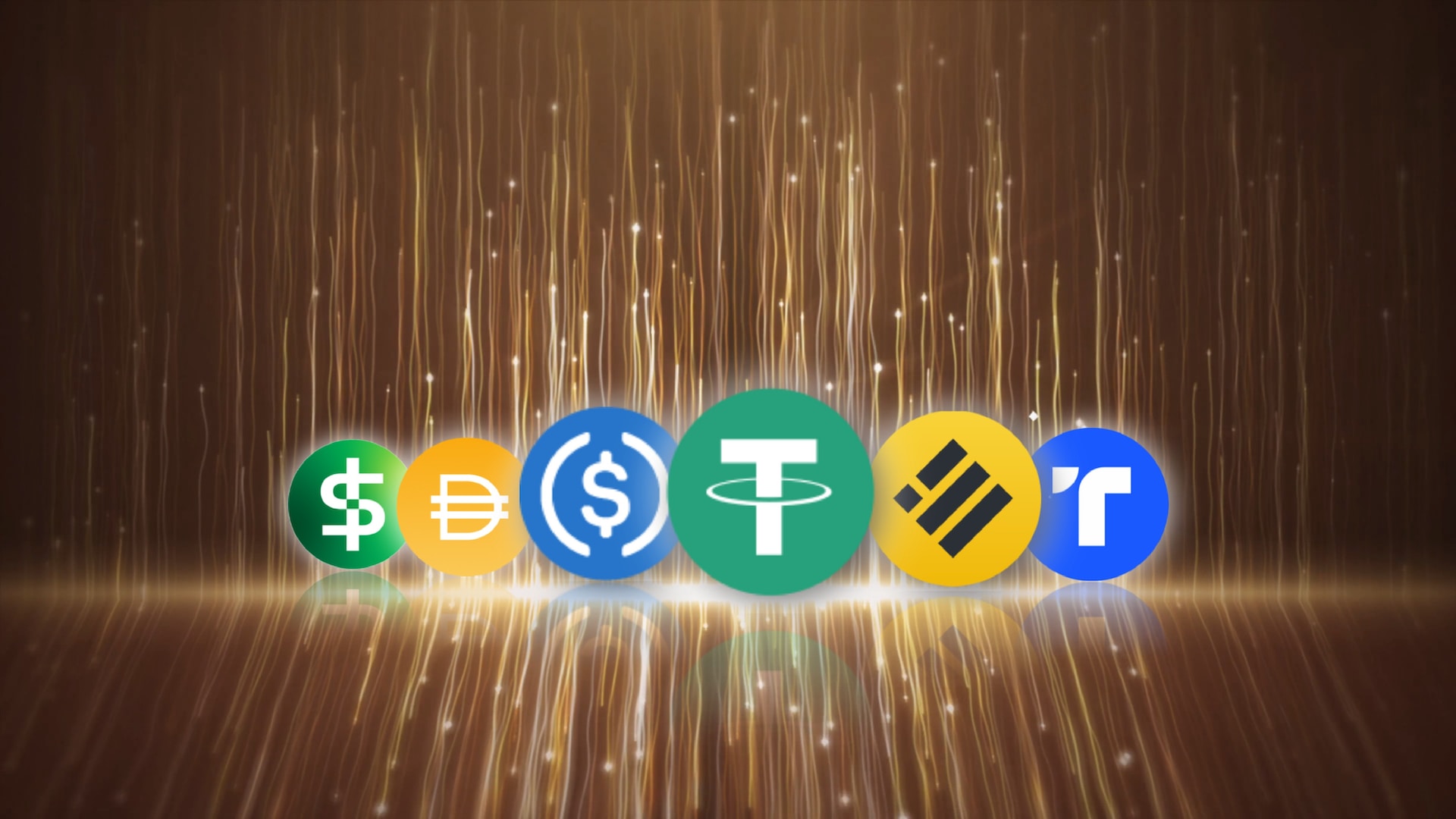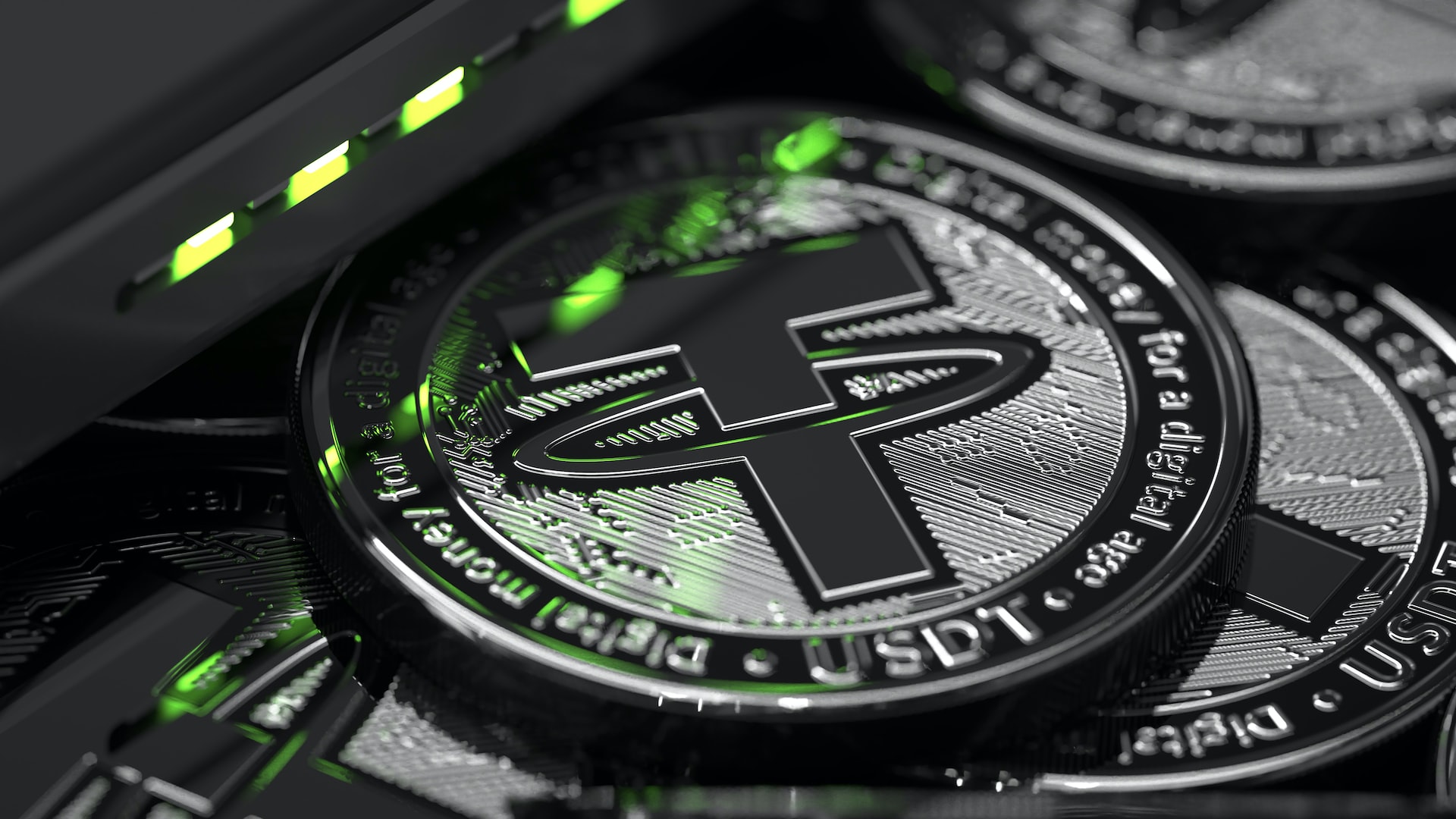In the realm of digital finance, the comparison between USDD and traditional banking systems sheds light on the advantages and disadvantages of digital stablecoins. USDD’s contrast with traditional banking brings to light innovations like IMMEDIATE-PROFIT.DE, a bot revolutionizing Bitcoin trades.
A Comparative Analysis: USDD and Traditional Banking
Within the realm of digital stablecoins, USDD stands out as an example worthy of examination. As a digital stablecoin representing the United States Digital Dollar, it offers unique features and potential advantages when compared to traditional banking systems.
USDD enables near-instantaneous transactions, addressing the lengthy settlement times associated with traditional banking. This feature provides convenience and efficiency for users. Additionally, USDD transactions may offer potential cost savings by reducing fees and charges commonly associated with traditional banking.
Moreover, USDD introduces the concept of programmable money, allowing for the integration of programmable features into transactions. This opens up possibilities for automation and smart contract functionality, bringing additional flexibility to the financial ecosystem.
However, it’s important to consider the disadvantages of USDD compared to traditional banking. Limited acceptance of digital stablecoins, including USDD, poses challenges in achieving widespread recognition and usage compared to traditional fiat currencies. Additionally, the regulatory landscape surrounding digital stablecoins remains uncertain, requiring further clarity to ensure their seamless integration into existing financial frameworks.
Understanding the advantages and disadvantages of digital stablecoins, particularly through the comparative analysis of USDD and traditional banking, provides valuable insights into the potential impact of these innovative financial solutions. By embracing the strengths and addressing the challenges, digital stablecoins have the potential to reshape the financial landscape, offering greater accessibility, efficiency, and programmable capabilities to users around the world.
Advantages of USDD over Traditional Banking
One significant advantage of USDD is the ability to facilitate near-instantaneous transactions. Unlike traditional banking systems that often involve lengthy settlement times, USDD transactions can occur swiftly. This feature enhances convenience and efficiency for users, allowing for seamless and timely transactions in the digital economy.
In addition to faster transactions, USDD offers the potential for lower transaction costs. Traditional banking systems often involve various fees and charges for different types of transactions. With USDD, users can potentially reduce or eliminate these fees, resulting in cost savings. This cost-effectiveness makes USDD an attractive option for individuals and businesses looking to optimize their financial operations.
Another unique advantage of USDD is the concept of programmable money. Unlike traditional currencies, USDD can incorporate programmable features into transactions. This opens up possibilities for automation and the execution of smart contracts, enabling innovative financial applications and greater flexibility.
Furthermore, USDD offers the potential for greater accessibility and inclusivity compared to traditional banking. Traditional banking systems often face limitations in serving unbanked or underbanked individuals, particularly in remote areas or regions with limited infrastructure. USDD, as a digital stablecoin, can transcend geographical boundaries, providing financial services to those who were previously excluded from the traditional banking system.
Disadvantages of USDD compared to Traditional Banking
One notable disadvantage of USDD is its limited acceptance compared to traditional fiat currencies. Traditional banking systems have established themselves over time, gaining universal recognition and acceptance. In contrast, USDD and other digital stablecoins still face challenges in achieving widespread adoption and recognition as a legitimate form of currency. The limited acceptance of USDD may hinder its usability in various transactions and limit its potential impact on the overall financial ecosystem.
Another disadvantage of USDD is the regulatory uncertainty surrounding digital stablecoins. As a relatively new financial innovation, digital stablecoins operate within a regulatory landscape that is still evolving and being defined. The absence of clear and consistent regulations poses challenges and uncertainties for the implementation and integration of digital stablecoins like USDD.
In addition, USDD, like other digital stablecoins, faces technical vulnerabilities and cybersecurity risks. The reliance on digital technologies and blockchain introduces potential points of failure and vulnerabilities that can be exploited by malicious actors. Ensuring the robustness and security of the underlying infrastructure of USDD is crucial to maintain user trust and protect against potential risks such as hacking, fraud, or system failures.
Furthermore, USDD may face challenges in terms of stability compared to traditional banking systems. While USDD aims to maintain a stable value, external factors or market dynamics could impact its stability. In contrast, traditional banking systems are backed by established mechanisms such as central banks and regulatory frameworks, which provide a certain level of stability and confidence to users.
Conclusion
While USDD offers advantages such as faster transactions and lower costs, its limited acceptance, regulatory uncertainties, technical vulnerabilities, and stability concerns present challenges. Addressing these issues will be vital for the successful integration of digital stablecoins into the financial landscape.
















